You can download Good Design + The Coast here or find the full text below.
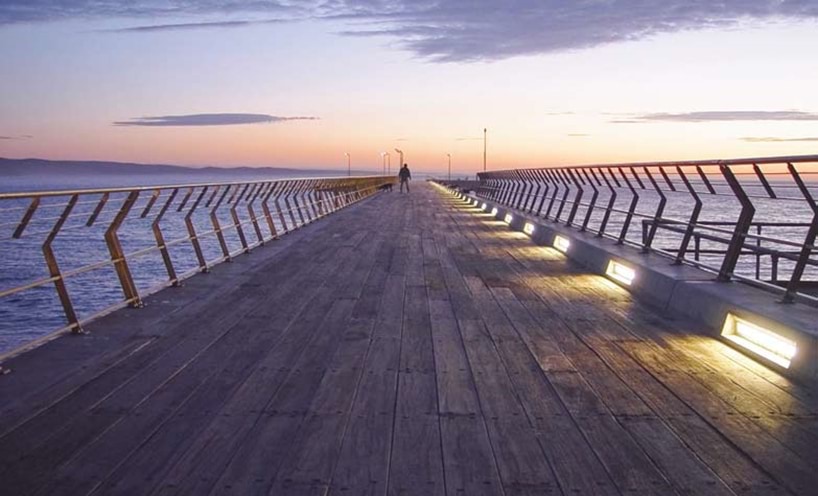
Our coastal towns and natural landscapes are unique and valuable places. Our design interventions in these environments must recognise their specific character and qualities. Good design has a role at every scale. In each project, it should manage the impact of development in coastal towns and the structures we use to access and view the water’s edge.
This publication is intended to direct the community to existing strategic documents that support good design on the coast. It seeks to raise awareness of the issues surrounding coastal design and inspire innovative responses to these issues as we work towards a better quality, sustainable and highly valued built environment on the coast.
The Office of the Victorian Government Architect provides leadership and strategic advice to Government in relation to architecture and urban design. The Victorian coast is an area of immeasurable environmental, cultural and economic significance. Our aim is to encourage increasing awareness of the value of our coastal spaces and the importance of good design to the quality and future enjoyment of these places. Good design has an essential role in enabling us to sustain and enhance the characters and natural values of the coastal environment. Good design is known to support positive living experiences for communities and visitors in all areas, including along the coast.
This publication is the third in a series that aims to raise awareness of good design and promote discussion supporting its benefits and value. The focus for this publication is the coast and the importance of good architecture and urban design in coastal environments.
Our coastal towns and natural landscapes are unique and valuable places. Our design interventions in these environments must recognise their specific character and qualities. Good design has a role at every scale.
In each project, it should manage the impact of development in coastal towns and the structures we use to access and view the water’s edge.
This publication is intended to direct the community to existing strategic documents that support good design on the coast. It seeks to raise awareness of the issues surrounding coastal design and inspire innovative responses to these issues as we work towards a better quality, sustainable and highly valued built environment on the coast.
The primary audience is decision-makers in Victorian State and local government involved in capital works projects and land use planning for the built environment; also relevant private sector and community participants.
Importance of the coast
Our coastal areas must be recognised equally for the environmental, social and economic value they represent. Victoria’s 2000 kilometres of coastline contains outstanding landscapes of great natural beauty and environmental significance - from wetlands, beaches, dunes, inlets and lagoons to rocky headlands, caves and forests. There is immense biological diversity both on land and in the sea. It is a dynamic, changing environment where natural forces continually shape its character.
Culturally, the coast is of great importance to indigenous communities, for the history of early settlement in Australia and now for millions of Victorians who visit, work or live in coastal areas. There is significant social value in the diversity of coastal experiences.
Victoria’s coast also has notable economic value, in terms of the natural resource industries, tourism and recreation that prosper through operation in a coastal environment.
Good coastal design shows respect to both the natural environment and the character of coastal towns.

Designing on the coast
The fundamental principles of good design remain important, as when designing in cities, suburbs or remote settings, but on the coast an approach that considers the following specific issues is vital:
- Coastal culture and the appropriateness of new built form for the existing character of the place.
- Protecting significant views of waterways and from waterways.
- The coastal environment and coastal landscapes as a dominant setting.
- The spaces around buildings and maintaining the coastal landscape between towns along the coast, avoiding ‘ribbon’ development.
- Continuity of the built and natural public realms.
- Effects of extreme coastal weather on the built environment and outdoor spaces.
- Effects of different use-patterns and seasonal occupation.
Definition of the coast
The Victorian coast is broadly defined to include the sea and seabed to the State limit (5.5 kilometres from the high water mark), and all land and inland waters within the coastal catchment. However, regarding good design in coastal areas, it is important to consider the impacts of developments when:
- The development will have an impact on the character or sustainability of a coastal community.
- The structure can be seen from the foreshore, or the foreshore can be seen from the structure.
- The development will have an ecological impact on the foreshore or marine environment, for example, through stormwater drainage, runoff, or on biodiversity.
- The foreshore or marine environment will have an impact on the development, for example through erosion, flooding, wave attack, or corrosion.
The definition of a coastal community is still widely debated, but the inclusion of those cities, towns, and other settlements within 5 kilometres inland of the foreshore is generally accepted.
Every new project is a chance to inspire and contribute to our cultural identity. Coastal projects can’t be hidden – they will be part of our experience of the coast and should be carefully designed to enhance that experience as much as possible.
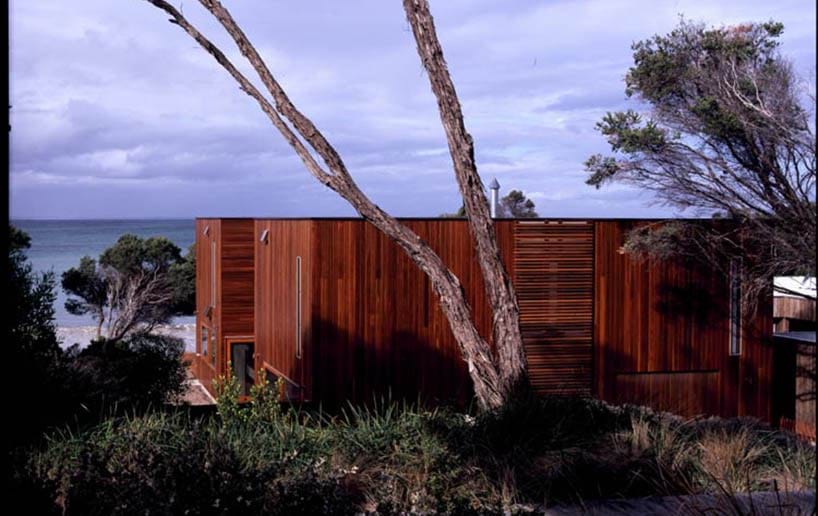
Issues and challenges on the coast
Competing demands and expectations, and potential impacts on important natural and cultural values are at the foundation of many debates related to coastal planning and development. Strong policies and strategies that support good siting and design at the local level are needed to ensure projects are respectful of the specific characteristics of coastal environments.
Population pressures and the sea change phenomenon
Coastal municipalities are continuing to experience rapid population growth, particularly those located within 60-90 minutes drive of Melbourne. The increased popularity of the coast has seen coastal populations grow at faster rates than Victoria as a whole.
The populations of coastal towns vary greatly throughout the year because of seasons, festivals and major events. These population fluctuations place pressure on the natural coastal environment and existing services and infrastructure, as well as the fabric of local communities.
Recognising these population pressures is an important first step in achieving sustainability in coastal settlements.
Local character and sense of place
Coastal settlements and communities have been shaped by a diverse range of historical and economic influences. This is demonstrated in the unique character of different coastal towns. Maintaining and evolving the character of local coastal communities while accommodating fast growing populations is an increasing challenge.
Achieving greater density through height is one approach that needs careful definition. Decisions like these need to be made in the context of structure plans that address broad issues within towns and most importantly on the rural-urban interface.
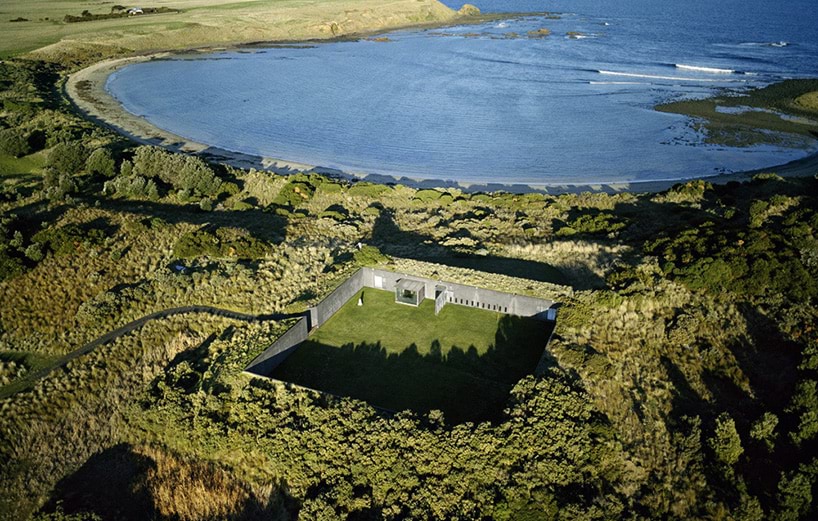
Public access and facilities
The Victorian public owns a remarkable 96 per cent of Victoria’s foreshore. Public infrastructure such as life saving clubs, amenity blocks, car parks and pathways are provided on the foreshore. This infrastructure should facilitate the public’s enjoyment, needs and safety and control access to sensitive areas.
Many poorly designed private developments along the coast are encroaching on the public owned foreshore. This has a negative impact on the coastal environment by restricting views and public access, overshadowing public spaces and diminishing the beauty of our coastal places.
Environmental issues
Specific issues of major concern along the coast include:
- Continued habitat fragmentation and subsequent biodiversity loss in sensitive coastal ecosystems.
- Weed and pest animal invasion causing large scale changes to coastal environments.
- Deterioration of water quality and quantity in coastal catchments
- Disturbance of coastal acid sulfate soils that can cause significant damage to the environment and infrastructure.
Climate change
Rising sea levels will have a significant impact on Victoria’s coastline; low-lying coastal areas will be inundated more often and more severely, shorelines will erode, and dune systems will move landward. Importantly, the current extent of the public owned foreshore will diminish as the sea encroaches and shorelines retreat.
The frequency and magnitude of extreme storms and storm surges is also expected to increase. Sea level rise and more frequent extreme weather events resulting from climate change pose a heightened risk to infrastructure such as buildings, roads and piers.
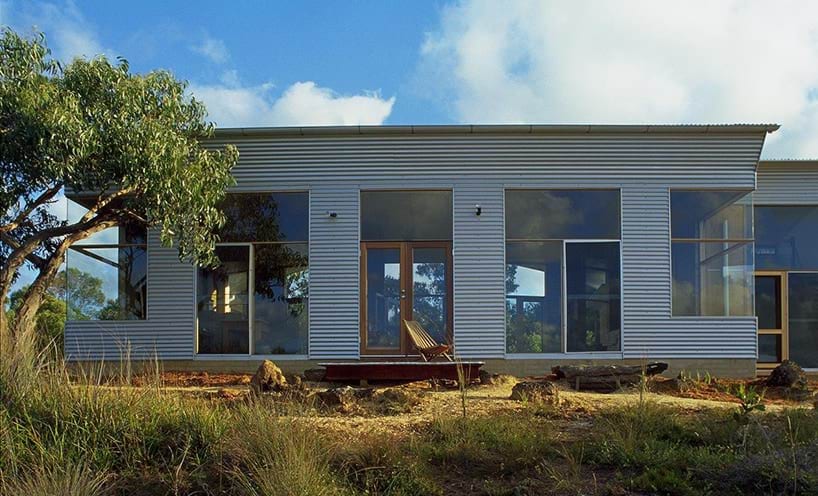
The Victorian Coastal Council
The Victorian Coastal Council (VCC) is the peak body for the strategic planning and management of the Victorian coast and advises the Minister for the Environment and Climate Change on the planning, management, conservation and ecologically sustainable use and development of Victoria’s coast. It prepares strategic state-wide guidelines for the planning and management of coastal areas.
The achievability of a built environment that is sustainable and supports local social, cultural and environmental values will depend on our expectations of good design. It will involve the community and it will rely on learning from good examples. The Victorian Coastal Council is a body that advocates for good design and is leading a growing awareness of how good design can provide solutions to some of the planning and
development issues faced in our coastal areas.
Victorian Coastal Strategy
The strategy, revised and updated every five years, maintains a long-term vision for the planning and management of the Victorian coast. It provides the framework to ensure that the coast of Victoria will be protected so it remains a pleasure to experience by both present and future generations, respected by all and recognised as one of Victoria’s assets.
Local governments in some coastal areas have put in place Local Planning Policy Frameworks containing strategic statements and planning policies that reflect the recommendations and objectives of the Victorian Coastal Council.
Coastal Spaces Recommendations Report + Landscape Assessment Studies
These initiatives provide practical guidance to local governments in managing development impacts within coastal landscapes. They outline a series of recommendations for managing sustainable coastal development in non-metropolitan coastal areas & protecting significant coastal landscapes and vistas between towns.

Siting and Design Guidelines
The guidelines have been developed to assist the Victorian Coastal Council, coastal managers, local governments and other stakeholders to implement the Victorian Coastal Strategy. The primary purpose of the guidelines is to define those issues which should be considered in the siting, design and construction of new structures and the improvement of existing structures in coastal areas.
The Victorian Coastal Awards for Excellence
The awards are presented annually by the Victorian Coastal Council and Coast Action/Coastcare to celebrate and recognise the great work that a diverse range of groups, individuals, businesses and governments undertake to protect and enhance Victoria’s unique marine and coastal environments. The Building and Design category recognises excellence in developing built facilities in coastal locations that are functional, minimise public risk, and respect and complement the coastal landscape.
For more information and the latest versions of the VCC’s publications, visit the Victorian Coastal Council’s website: The Victorian Coastal Council www.vcc.vic.gov.au
Building in the Coastal Environment - What to do
At each stage of a project – feasibility, briefing, procurement, construction, ongoing operation and management – government, community and designers can play an important role in helping raise expectations for the quality of the built environment in coastal areas.
Seven actions are suggested:
- Recognise good design in coastal areas and raise awareness of its value to the coast and the community.
- Recognise the importance of the users and the community and involve them in consultation and design development processes.
- Communicate and develop an understanding of design considerations specific to coastal areas.
- Seek advice from qualified architects, designers and planners.
- Understand the planning scheme of the municipality and any other policies that will affect development in coastal areas such as urban design frameworks, structure plans, and neighbourhood character studies.
- Refer to the Victorian Coastal Council’s “Siting and Design Guidelines for Structures on the Victorian Coast” http://www.vcc.vic.gov.au/siting/index.htm
- Ensure the procurement and construction processes support good design.
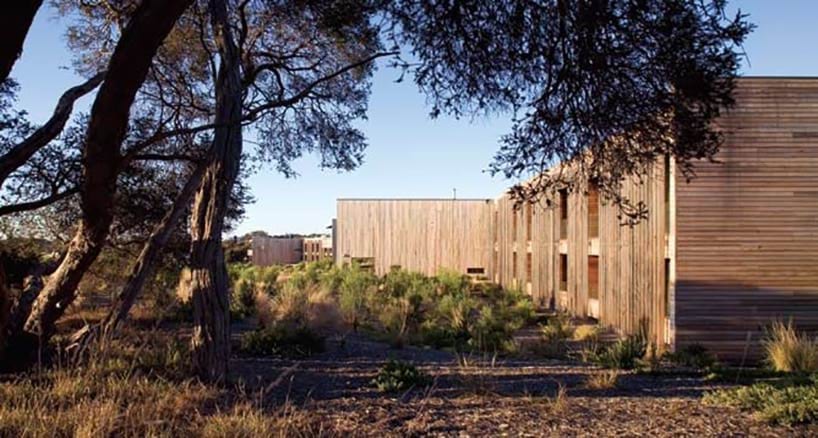
These are not typical suburban environments. Simple, modest and informal buildings that avoid dominating the landscape and celebrate a local sense of place will ensure we can continue to enjoy the things we value most about our coastal places.
How does good design give us value on the coast?
Good design principle
- Reflect and respond to community needs and identity.
- Reflect and respond to cultural values and diversity.
- Retain and integrate cultural heritage.
- Integrate and enhance key views and local features.
- Prioritise and enhance the design of public places.
- Provide for physical and visual access to the foreshore and outdoor spaces.
- Treat public infrastructure on dune systems and foreshore (access ramps, steps, look-outs, benches etc) with careful consideration.
- Promote the clustering of activities and shared use of facilities.
- Celebrate great community facilities.
- Avoid ‘ribbon’ development, infill within existing town boundaries.
- Provide diverse housing types and costs.
- Adopt Ecologically Sustainable Design principles including controlled solar access, natural light and ventilation, responsive siting, use of local materials and services, rainwater capture and water recycling.
- Minimise disturbance to indigenous vegetation and use locally indigenous species in landscaping.
- Design for impact of harsh coastal weather on the built environment and outdoor spaces.
Value
- Promote pride in our places, increase public safety, reduce vandalism and strengthen community connectedness.
- Develop a strong sense of community and place, support a sense of belonging, and contribute to contemporary culture and identity.
- Celebrate history and support memory. Promote understanding of and continuity with the past.
- Enhance local identity and pride in places, and support tourism.
- Provide safe, positive places that promote community pride and ownership through responsiveness to natural beauty.
- Enhance the sense of connection to the environment and the community through improved accessibility. Promote inclusiveness and recreation.
- Reduce visual clutter and protect the natural environment.
- Provide accessible services, reduce travel distances, reduce footprint, protecting and preserving our natural environment.
- Give expression to local identity and cultural values.
- Minimise town expansion, preserve natural landscape and vistas, retain distinction between towns.
- Promote inclusive communities through more choices to suit changing and diverse household demographics.
- Minimise impact on the environment and maximise comfort and enjoyment of built spaces.
- Protect habitat for indigenous species and preserve ecosystems.
- Minimise maintenance, increase longevity of structures.
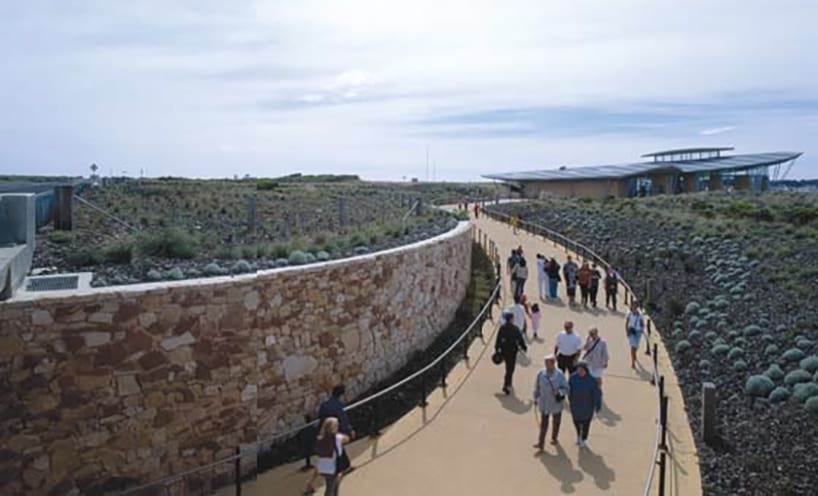
Updated
